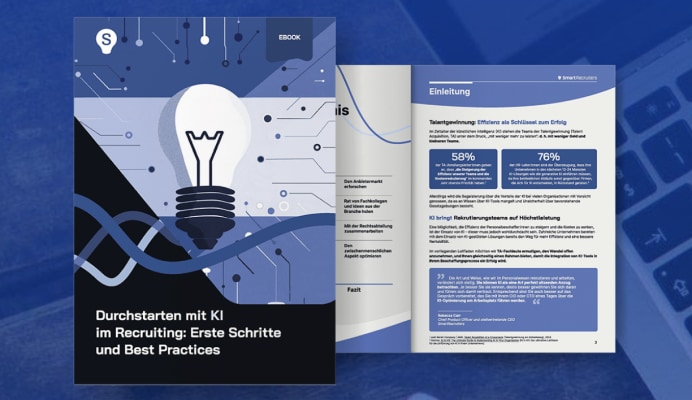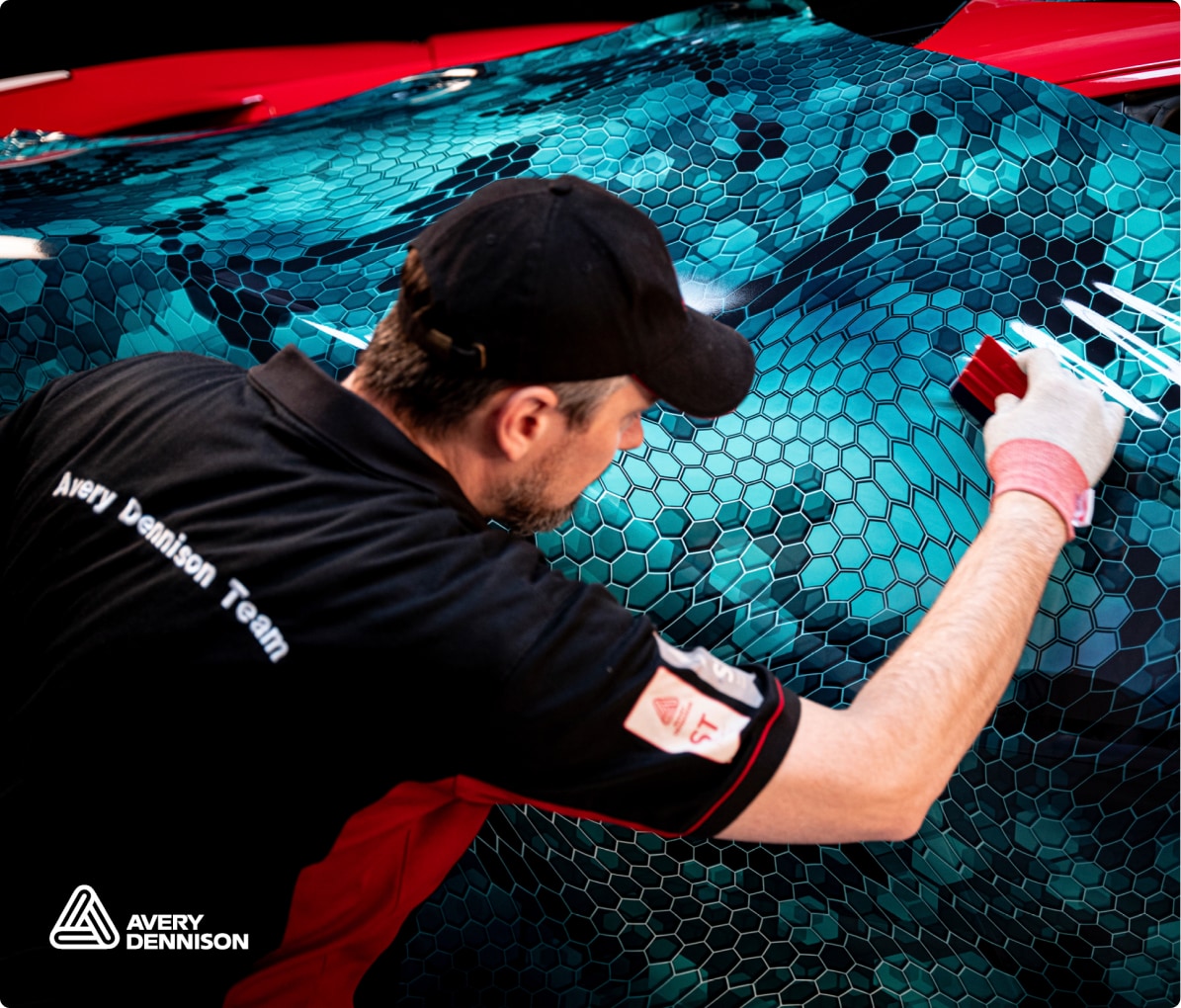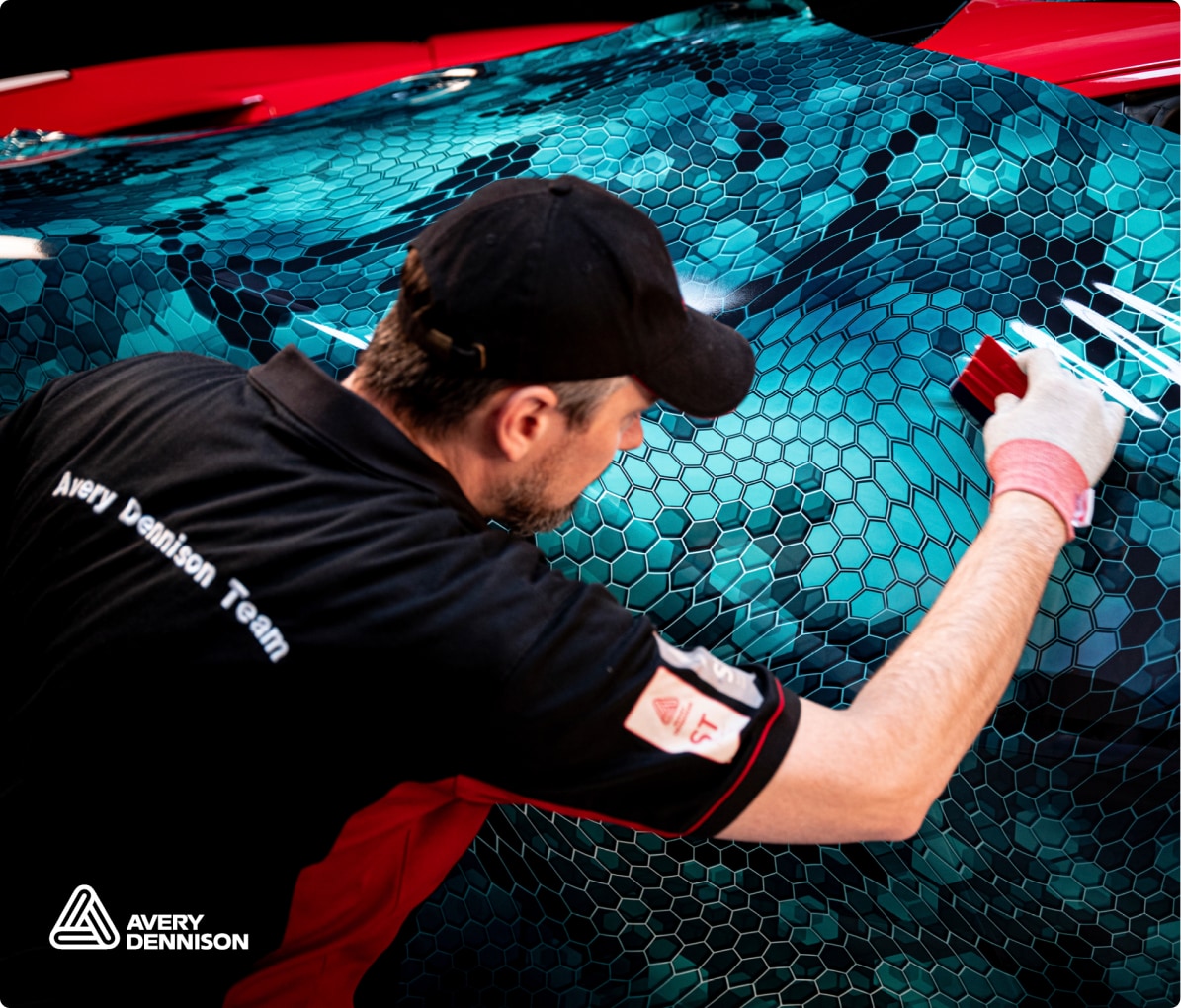

Durchstarten mit KI im Recruitment
Laden Sie unser E-Book zum Thema KI im Recruiting herunter



Die smarte Lösung für eine schnellere, effektive Personalbeschaffung – maßgeschneidert für Unternehmen jeder Größe.

Ein zuverlässiger Partner für mehr als 4.000 Unternehmen auf der ganzen Welt




Unsere KI-basierte Software geht über die reine Verwaltung hinaus: Sie erkennt frühzeitig deinen Personalbedarf, automatisiert zeitaufwändige Aufgaben und gibt dir die Flexibilität, dich auf das Wesentliche zu konzentrieren – den Aufbau eines erfolgreichen Teams.
Triff WinstonEgal, ob du erfahren im Recruiting bist oder gerade deinen ersten Mitarbeiter einstellst,


Organisiere Vorstellungsgespräche, Angebote und die Einstellung neuer Mitarbeiter – alles bequem an einem Ort.
Mehr erfahren

Passe den Einstellungsprozess an die spezifischen Bedürfnisse deines Teams an.
Mehr erfahren

Verbinde dich mit all deinen Lieblingstools wie Zoom, LinkedIn und Docusign.
Mehr erfahrenBranchenführende Unternehmen – von kleinen Startups bis hin zu globalen Konzernen – vertrauen auf SmartRecruiters.
Demo buchenDie intuitive Bedienung von SmartRecruiters ermöglichte es unseren Mitarbeitern, die Anwendung sofort zu verstehen.




"SmartRecruiters bietet eine benutzerfreundliche und ständig optimierte Plattform, die prozessbezogene Aufgaben automatisiert, damit sich Recruiter:innen und HR-Teams ganz auf die Auswahl der passenden Kandidaten konzentrieren können."
Chassidy Rellinger
VP, HR-Enterprise Workforce Operations & Digital Solutions bei Avery Dennison


Laden Sie unser E-Book zum Thema KI im Recruiting herunter


Verschiedene Umfrageergebnisse über den Einsatz von KI in der Personalbeschaffung


Unser neuster Artikel über die Nutzung von Automatisierung im Recruiting